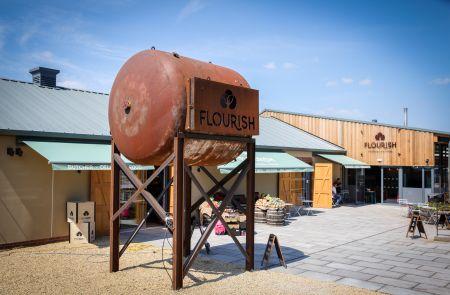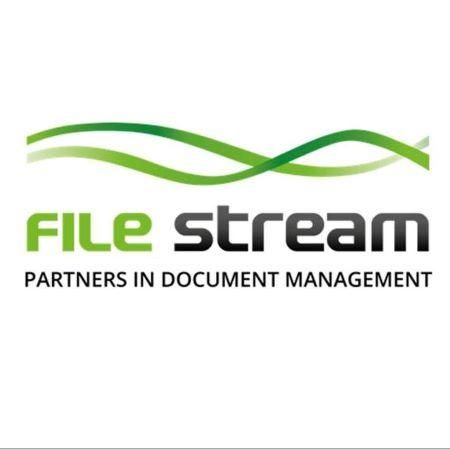In case you missed it see what’s in this section
Let's Talk
Your Total Guide To Property
How to Ensure Proper Valve Alignment in Modular Piping Systems
Are valve alignment issues causing trouble in your modular piping setup?
In a modular piping system, everything depends on how well each part connects to the next.
Valves play a major role in that connection. If the alignment is off, it can lead to stress on the pipes, leaks, or even damage to the valve body over time.
That’s why proper valve alignment is not just a minor detail; it’s something that keeps the whole system running smoothly and safely.
What Does Valve Alignment Mean?
Valve alignment simply refers to how well the valve is lined up with the piping it connects to. In modular systems, where parts are built to be added, removed, or changed easily, this alignment becomes even more important.
If the valve is even slightly off-center or twisted, it can put pressure on both the valve and the pipe, leading to issues later on.
Why Modular Systems Need Precision
Modular piping systems are built for flexibility. They allow fast assembly, easy maintenance, and quick reconfiguration. But this same flexibility also means every connection must be accurate.
Since parts are pre-made, small misalignments can’t be fixed by just bending or adjusting a pipe. That’s where careful valve alignment comes in.
Starting with the Right Support
- Before placing a valve into position, it’s important that the pipe sections are supported properly.
- Loose or poorly supported piping can sag or shift, which throws off alignment even before the valve is installed. Using pipe hangers or brackets at the right intervals helps keep everything level and stable.
Check the Valve Dimensions First
Each valve has a specific length, face-to-face measurement, and connection type.
Before installing, it’s a good idea to double-check these dimensions with the pipe section where it’s going to be installed.
Dry-Fitting Helps Catch Problems Early
Doing a dry-fit means placing the valve and pipe together without tightening anything yet. This quick test helps check if all parts are lining up properly.
If something looks off, it can be fixed before applying glue, weld, or bolts. This step often prevents bigger problems during the final installation.
Use the Right Tools to Guide Placement
Alignment tools like pipe levels, alignment pins, and spacers make a big difference. These tools ensure the valve is centred, level, and straight in line with the pipe.
For larger valves or longer pipe runs, laser alignment tools can also be used. These give very accurate visual checks to help position the valve perfectly.
Flexible Couplings Can Help
In systems where perfect alignment is hard to achieve, flexible couplings can be useful. These allow a bit of movement and help connect slightly misaligned pipes without forcing things into place.
But even with these, it’s still best to aim for as close to perfect alignment as possible to reduce wear and stress.
Make Adjustments Before Tightening
Once the valve is in place and everything seems aligned, it’s still important not to rush. Leave a little room for adjustment while tightening bolts or connectors.
This way, any slight shifts can be corrected on the spot without having to undo the whole section.
Consider Flow Direction and Valve Operation
While focusing on physical alignment, it's also important to check the valve’s position in the flow direction.
Some valves are made to work best in one direction. Also, think about how the valve will be opened or closed.
There should be enough room for the handle or actuator to move freely.
Some valve types are easier to handle during alignment. For example, PVC Ball Valves have a compact and simple design, which helps them fit easily into modular systems. They’re often chosen for reliable shut-off and low-maintenance setups.
Valve Weight Can Affect Alignment
Heavy valves can pull on the pipe and shift alignment during or after installation. It’s smart to provide extra support beneath heavier valves.
This prevents downward pull and keeps the alignment stable for longer. Even lightweight valves can benefit from good support if they’re part of a vertical setup.
What About Wider Pipe Systems?
In larger modular systems with wide pipes, alignment gets even trickier. That’s where valve designs like the butterfly valve come in.
These are known for being lighter and taking up less space, which helps maintain alignment in tighter spots. Their simple turn-to-close design also makes operation easy once installed.
Keep Space for Maintenance
One more thing to remember is future maintenance. While aligning the valve, make sure there’s enough space around it.
If a part needs to be checked or replaced later, tight corners or blocked access points can make it tough. Thinking ahead saves time and effort down the line.
Watch Out for Vibration or Movement
After installation, if the system deals with vibration or thermal expansion, this can shift alignment over time. Using vibration pads or flexible supports helps absorb movement.
Regular checks during system operation can catch any shifts early before they lead to bigger issues.
Staff Training and Best Practices
Even the best tools and materials won’t help if the installation team isn’t familiar with good alignment habits.
Proper training, shared practices, and a checklist for valve installation can keep quality consistent. This makes sure every valve fits just the way it should, every time.
Final Thoughts
Valve alignment in modular piping systems is not something to ignore. It directly affects how long the system lasts, how safely it runs, and how easy it is to maintain. With proper planning, the right tools, and careful steps, it’s possible to achieve precise alignment every time.
Weather in Bristol
Listings












